
Enhancing Museum and Gallery Experiences with AI-Powered Image Recognition
As museums and galleries embrace cutting-edge technology, AI-powered image recognition is transforming how visitors engage with art and history. From personalized tours and interactive exhibits to enhanced security and art preservation, AI is revolutionizing the cultural experience. In this blog post, we explore the many ways AI in museums is shaping the future of the industry, offering innovative tools for curators and enriching the visitor experience like never before. Discover how AI-powered cultural experiences are making art and heritage more accessible, immersive, and interactive.

How AI-Powered Image Recognition APIs Are Transforming Education and e-Learning
AI-powered image recognition APIs are revolutionizing education by making learning more accessible, engaging, and efficient. These advanced tools automate tasks like grading, improve accessibility with OCR technology, and enhance student engagement through personalized learning experiences. From virtual classrooms to digital libraries, AI is transforming the way educational content is delivered and consumed. As educational institutions and e-learning platforms continue their digital transformation, integrating AI-powered tools will be key to creating more dynamic, interactive, and inclusive learning environments.

AI in Construction: The Role of Image Processing APIs in Monitoring Job Sites
Artificial Intelligence (AI) is revolutionizing the construction industry, with image processing APIs playing a pivotal role in improving job site monitoring. These AI-powered tools enhance safety, boost efficiency, and provide real-time progress tracking. From automating equipment tracking to detecting safety hazards, AI is reshaping how construction sites are managed. Explore how AI tools are driving smarter, safer, and more efficient construction processes for the future of the industry.
Streamline Logistics Operations with AI-Powered Image Recognition for Real-Time Tracking
In today's fast-paced global economy, the logistics industry faces mounting pressure to deliver goods swiftly and accurately. Traditional tracking methods, burdened by manual processes and delayed updates, can no longer meet the demands of modern supply chains, leading to increased costs and reduced customer satisfaction.
AI-powered image recognition offers a transformative solution. By automating data capture and providing real-time insights, it enhances accuracy, minimizes human error, and accelerates processes like sorting and inventory management. This technology empowers businesses to make dynamic decisions, optimize resources, and offer greater transparency to customers.
As AI continues to advance, integrating image recognition into logistics is becoming essential. Embracing this technology enables companies to overcome current challenges, improve efficiency, and elevate customer service. In an industry where speed and precision are crucial, AI stands as the key to future success.

How AI-Powered Image Processing APIs Improve Document Management in Legal Services
Struggling with overwhelming piles of legal documents? The legal industry is grappling with unprecedented volumes of paperwork, making efficient document management more critical than ever. AI-powered image processing APIs are emerging as game-changers, automating tedious tasks like data entry and filing, reducing human errors, and ensuring compliance with stringent regulatory standards. This technology not only enhances productivity but also transforms how legal professionals access and manage information. Dive into our comprehensive exploration of how integrating AI into your legal workflows can revolutionize your practice, offering significant cost savings and a competitive edge in today's fast-paced digital landscape.

Food and Beverage Industry: How AI-Powered APIs Improve Label and Quality Recognition
The food and beverage industry faces growing consumer demands for transparency and quality, making accurate labeling more critical than ever. Stricter global regulations on ingredient disclosures and allergen warnings present significant challenges for companies.
Artificial Intelligence (AI) and Machine Learning offer transformative solutions. AI-powered APIs with advanced image processing automate label and quality recognition, enhancing compliance and operational efficiency. By adopting these tools, businesses improve product quality and build consumer trust in a competitive market.
This article explores how AI-powered APIs are revolutionizing the industry, addressing challenges, technologies involved, benefits, and implementation steps. Embracing AI is an investment in the industry's future, where safety and transparency are paramount.
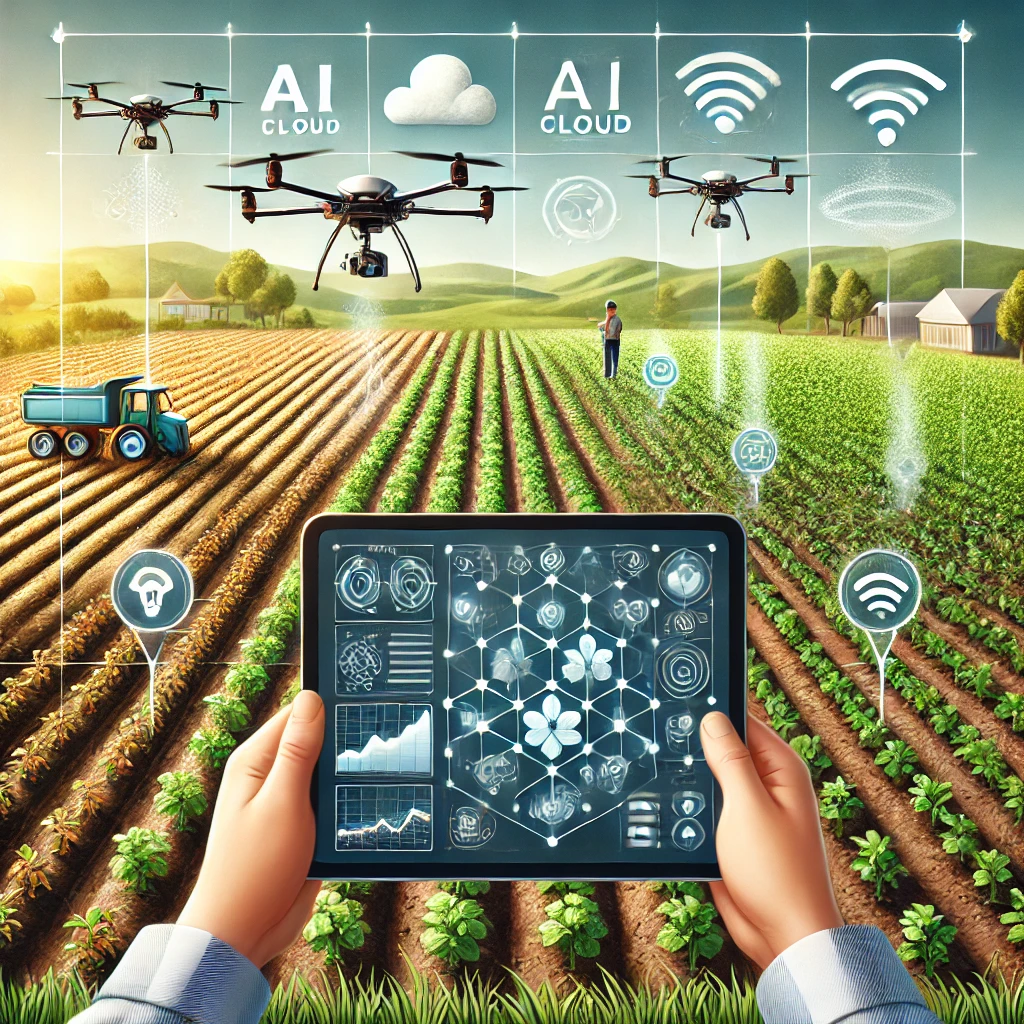
Boost Agricultural Efficiency with AI-Powered Crop and Soil Image Analysis APIs
As global populations surge and the demand for food increases, the agricultural industry faces the pressing challenge of enhancing productivity while conserving resources. Traditional crop and soil monitoring methods are often labor-intensive, time-consuming, and prone to inaccuracies that can lead to decreased yields. Enter AI-powered crop and soil image analysis APIs — a transformative technology that is revolutionizing the way farmers manage their fields. By leveraging artificial intelligence and advanced image processing, these APIs provide real-time, precise insights into crop health and soil conditions. This enables farmers to make informed, data-driven decisions that boost efficiency, increase yields, and promote sustainable farming practices. In this blog post, we'll explore how AI is reshaping agriculture, the key benefits of integrating AI-powered image analysis into farming operations, and what this means for the future of global food production.

Smart Cities and AI-Powered Image Processing: Enhancing Public Safety and Efficiency
As urban areas evolve into smart cities, AI-powered image processing is playing a critical role in enhancing public safety and operational efficiency. From real-time surveillance to predictive traffic management and infrastructure maintenance, AI-driven solutions are transforming the way cities operate. By leveraging advanced technologies like 5G, edge computing, and AI APIs, city planners and policymakers can build smarter, safer environments that benefit residents and businesses alike. In this blog, we explore the key applications of AI-powered image processing in smart cities and the future trends driving innovation in urban management.
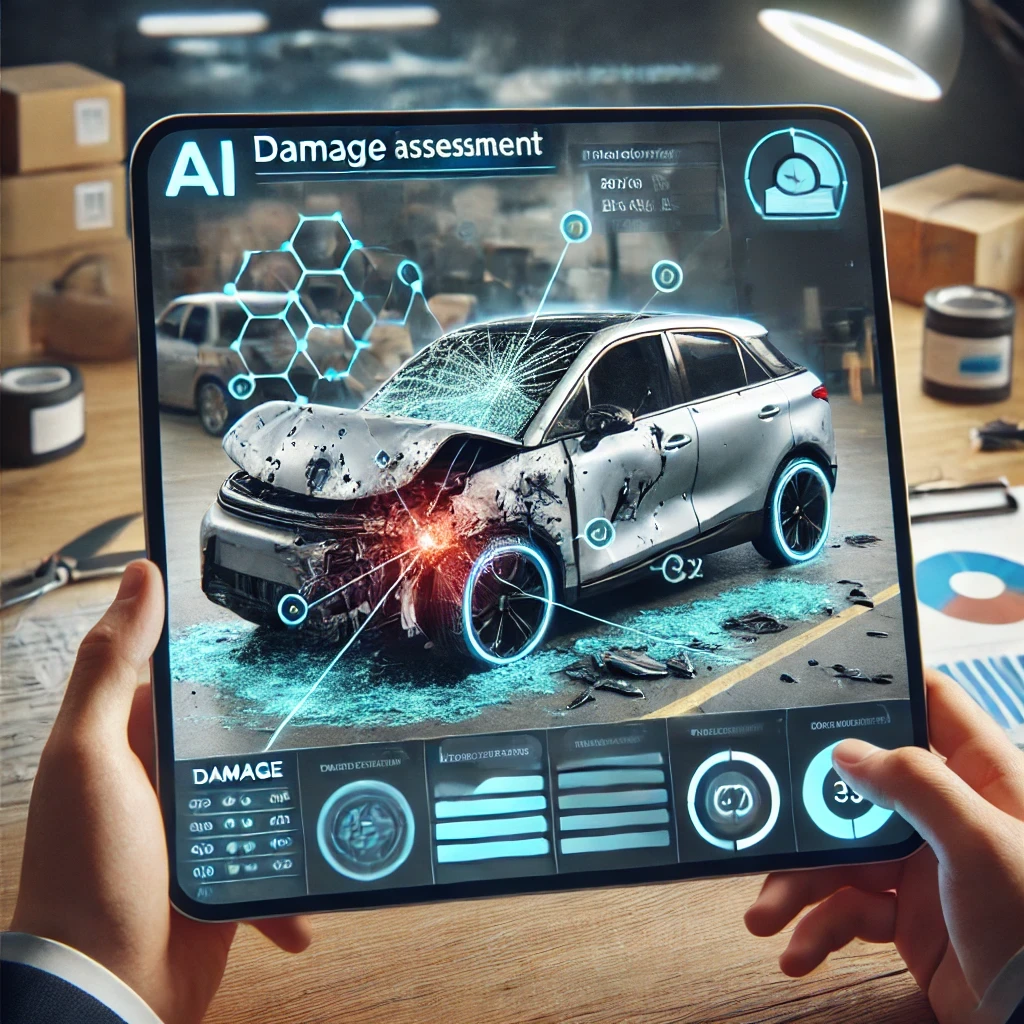
AI-Powered Damage Assessment: Revolutionizing Insurance Claims with Image Processing
AI-powered damage assessment is transforming the insurance industry by streamlining claims processing through advanced image recognition and machine learning technologies. This innovative approach enables faster, more accurate, and cost-effective damage evaluations, reducing the need for manual inspections and expediting claim settlements. As insurers adopt AI-powered solutions, they can improve operational efficiency, enhance customer satisfaction, and stay competitive in an increasingly digital world. Embracing AI today is essential for insurers looking to modernize their services and lead the future of claims management.

How AI-Powered Image Recognition Improves Travel and Tourism Experiences
AI-powered image recognition is transforming the travel and tourism industry, offering innovative solutions that enhance trip planning, streamline airport and hotel experiences, and create personalized journeys for travelers. From real-time translations and immersive AR tours to improved security and targeted marketing, this technology is reshaping how we explore and enjoy the world. In this blog post, we delve into how AI-driven image recognition is revolutionizing the travel experience and what exciting possibilities lie ahead for the future of travel.
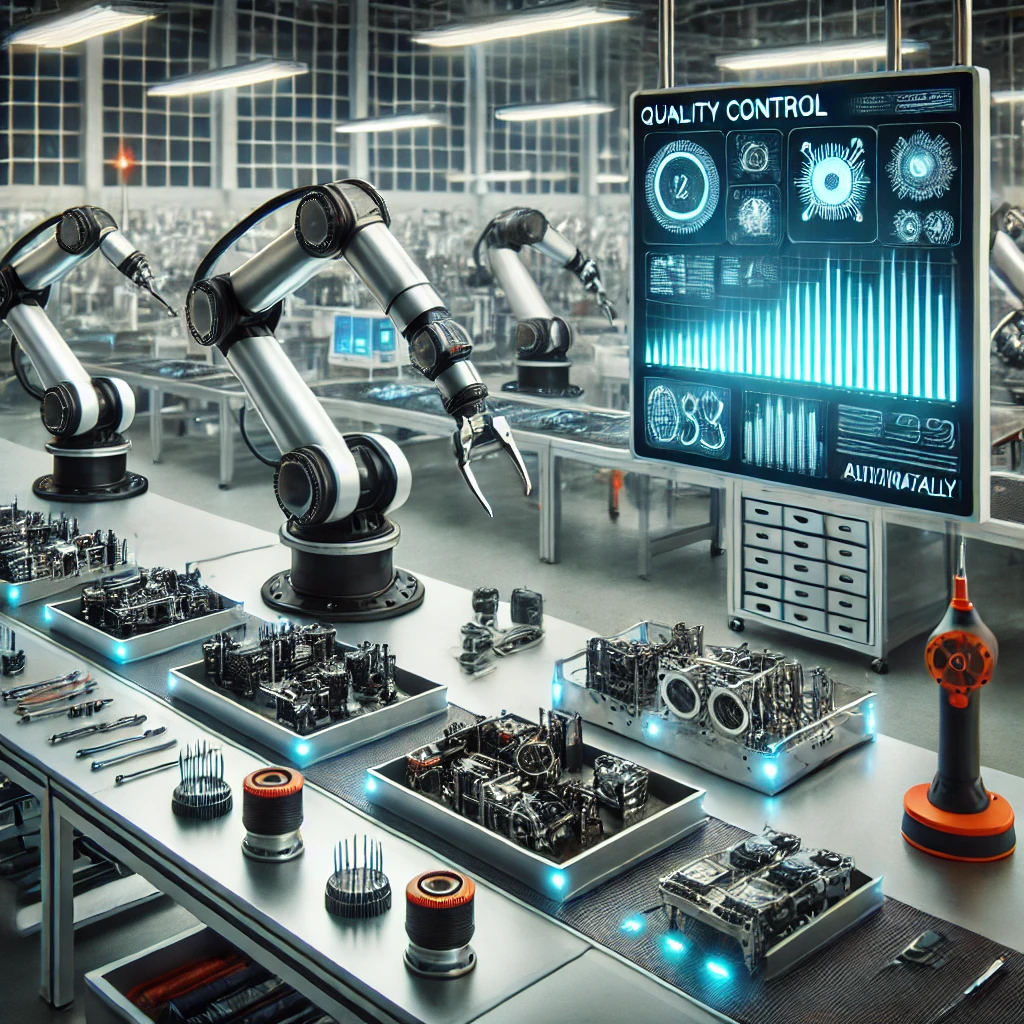
How AI-Powered Image Recognition APIs Enhance Quality Control in Manufacturing
AI-powered image recognition APIs are revolutionizing quality control in manufacturing by delivering unparalleled accuracy, efficiency, and cost savings. These advanced systems automate defect detection, assembly verification and packaging inspections, ensuring consistent product quality and reducing human error. With real-time data analysis and seamless integration into existing workflows, AI-driven quality control is helping manufacturers stay competitive in today’s rapidly evolving market. Discover how integrating AI-powered image recognition can optimize your production process and improve product standards.

The Benefits of AI-Powered Logo Recognition for Brand Protection and Marketing
AI-powered logo recognition is transforming the way businesses protect and promote their brands. By automating the detection of logos across images, videos, and digital platforms, this technology offers a dual advantage: safeguarding brand integrity and enhancing marketing efforts. From combating counterfeit products to tracking logo visibility in real-time, AI enables brands to stay ahead in a competitive market. Discover how AI-powered logo recognition is shaping the future of brand management and why adopting this technology is crucial for your business’s success.
Retail Analytics: Using AI-Powered Image Recognition for Customer Insights and Behavior Tracking
AI-powered image recognition is transforming the way businesses understand customer behavior and optimize operations. By gathering real-time data on demographics, foot traffic, and even customer emotions, retailers can gain deep insights to enhance the shopping experience and drive sales. From personalized marketing and customer journey mapping to automated inventory management and security enhancements, AI is revolutionizing retail analytics. In this post, we explore how retailers can leverage this cutting-edge technology to stay ahead of the curve and offer tailored, efficient experiences that build customer loyalty.
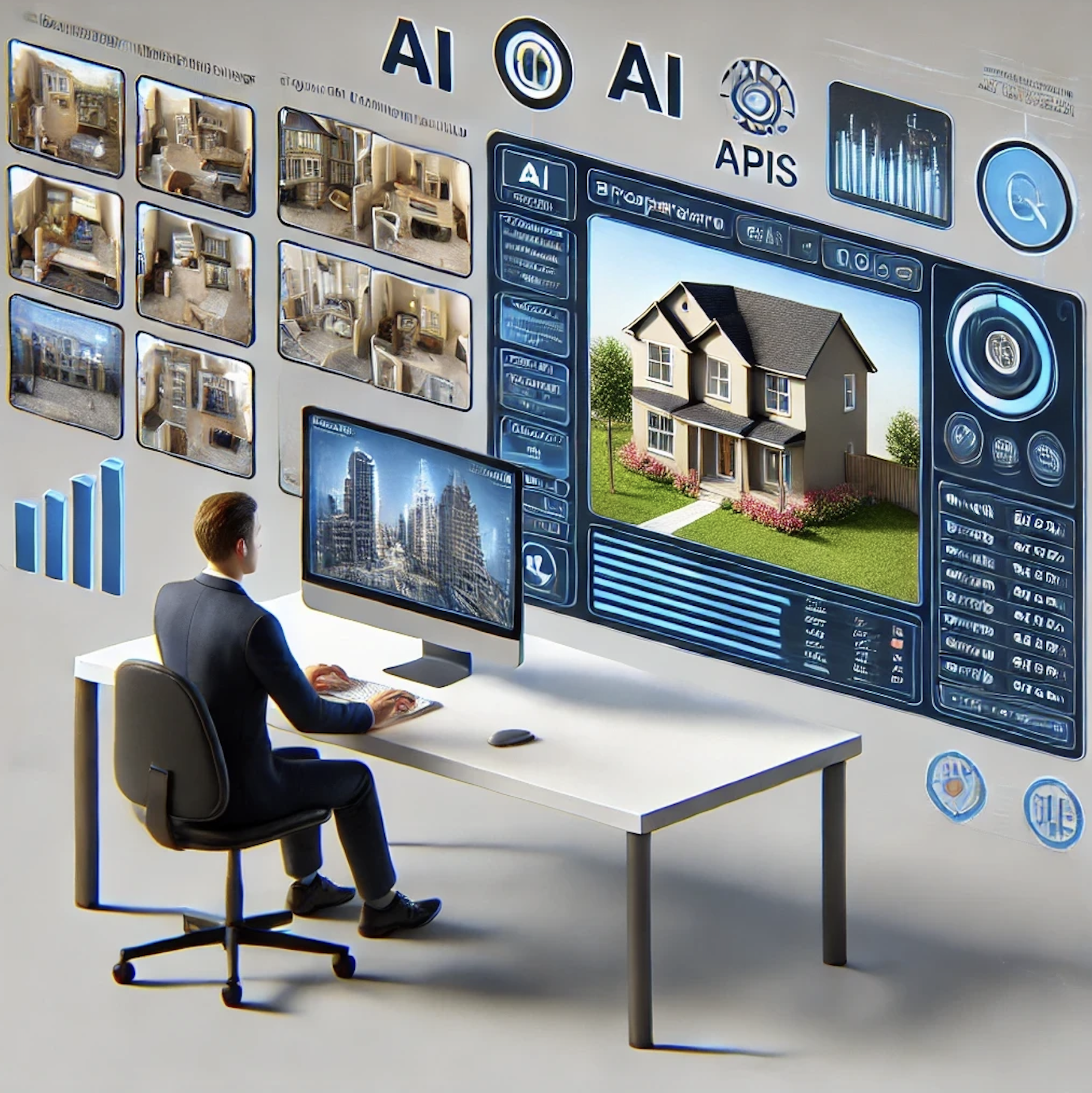
Using AI APIs to Automate Real Estate Image Analysis and Property Listings
In the fast-paced world of real estate, creating accurate, engaging, and consistent property listings can be a time-consuming process. However, AI-powered APIs are transforming how real estate professionals manage this task by automating key aspects like image analysis, property feature identification, and listing generation. With AI, property descriptions are automatically generated based on analyzed images, while data such as square footage, room count, and amenities are standardized across listings. By reducing human error and streamlining the workflow, AI APIs enhance efficiency, accuracy, and scalability — helping real estate businesses stay competitive in an increasingly digital market.

AI for Security: How Image Processing APIs Improve Surveillance and Monitoring
AI-powered image processing APIs are transforming security and surveillance by enabling real-time monitoring, automating routine tasks, and enhancing accuracy. These technologies allow organizations to scale their surveillance systems efficiently, improve response times, and proactively manage security risks. From city surveillance and retail security to transport hubs and healthcare, AI-driven APIs offer cost-effective, scalable solutions that integrate seamlessly with existing infrastructure. As the future of surveillance evolves, these APIs will continue to play a crucial role in enhancing safety and security across industries.

How AI-Powered APIs Can Help Identify Fake Products in Retail
Counterfeit goods are a growing problem in the retail industry, costing businesses billions in lost revenue and damaging consumer trust. Traditional methods of detecting fake products are no longer sufficient to keep pace with increasingly sophisticated counterfeiting techniques. AI-powered APIs offer a game-changing solution, enabling retailers to quickly and accurately identify counterfeit items using advanced technologies like image recognition, object detection, and pattern matching. By integrating these APIs into their systems, businesses can protect their brand, reduce costs, and ensure that only authentic products reach their customers.
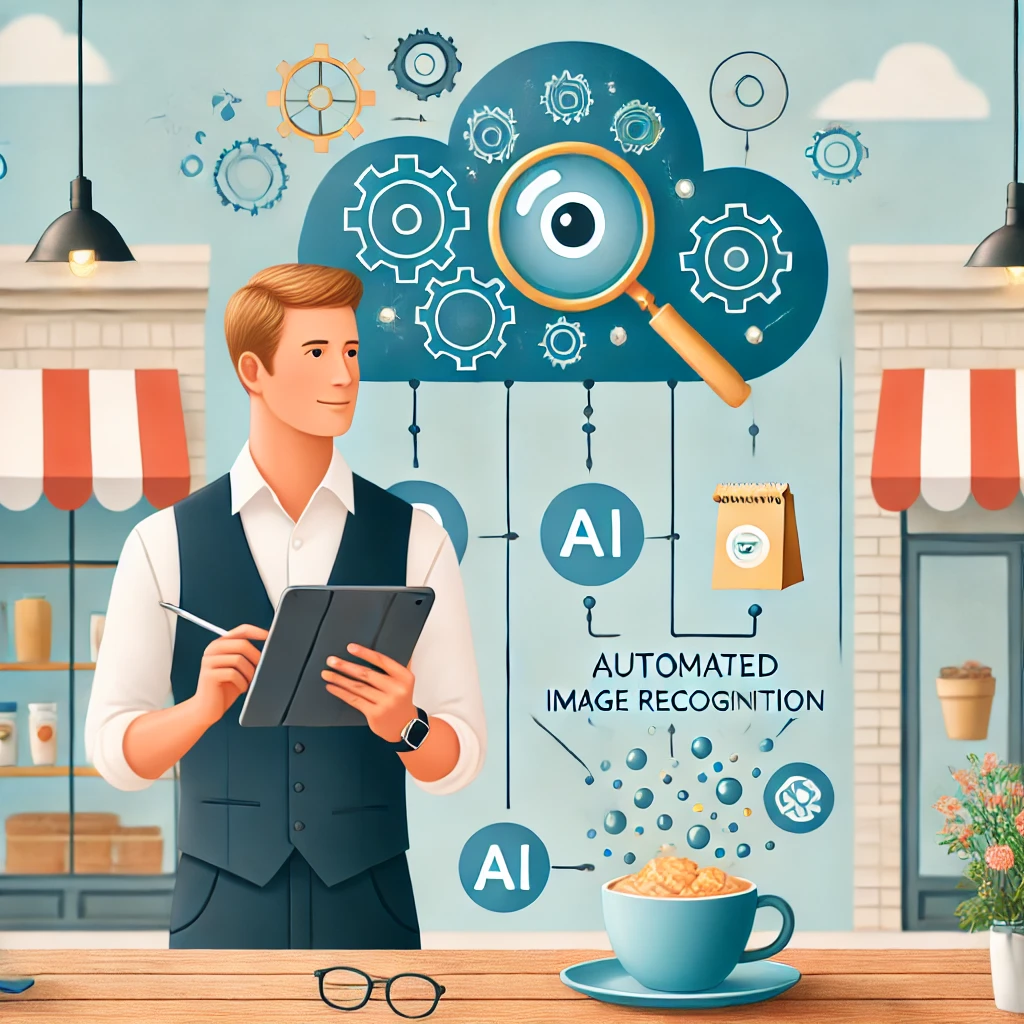
The Advantages of Cloud-Based Image Recognition APIs for Small Businesses
Cloud-based image recognition APIs are revolutionizing how small businesses operate, offering a cost-effective, scalable, and easy-to-integrate solution. From enhancing customer experiences through personalized services and visual search to improving security and fraud prevention, these powerful tools allow businesses to leverage advanced AI without the need for expensive infrastructure or specialized expertise. In this post, we explore the key advantages of cloud-based image recognition APIs and why small businesses should consider adopting this technology to stay competitive and drive growth.
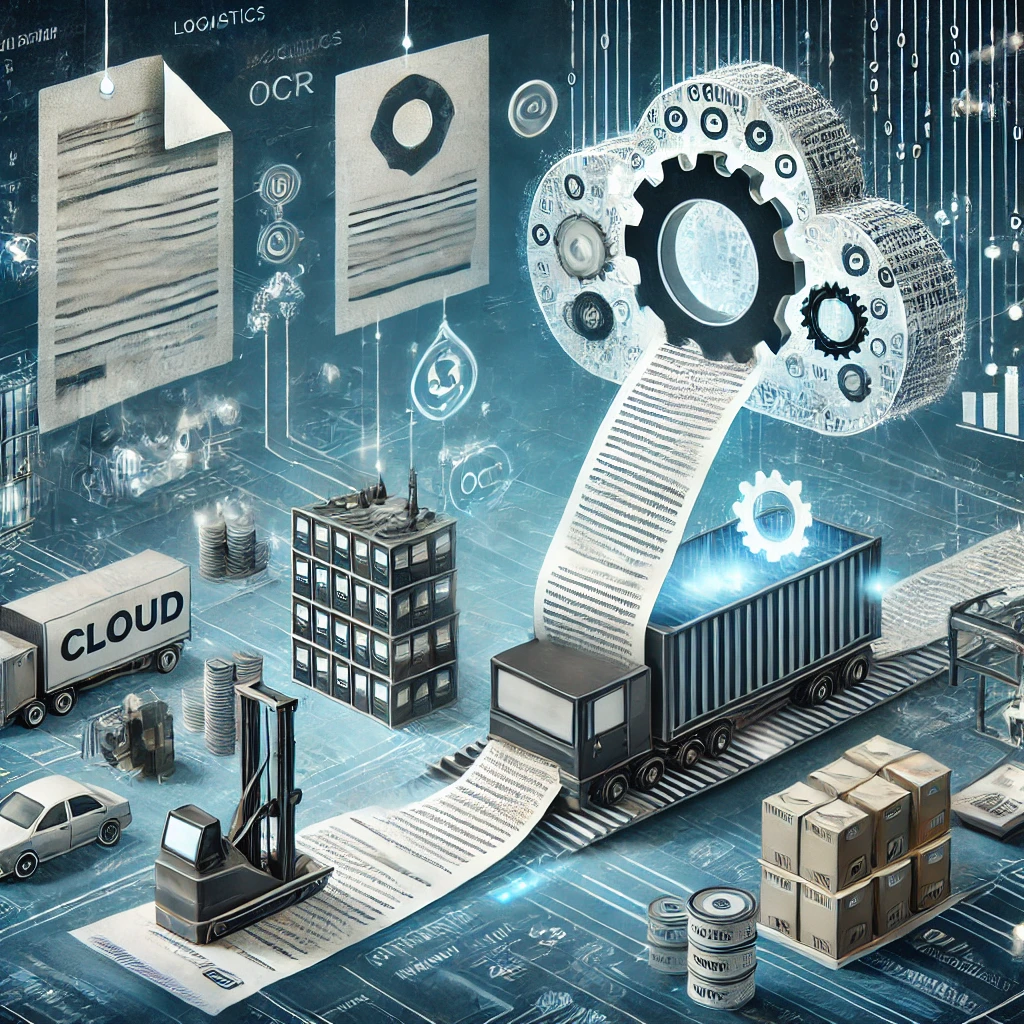
Top Use Cases for Cloud-Based OCR in Industry and Business Automation
Cloud-based OCR (Optical Character Recognition) is revolutionizing business automation across industries, offering powerful solutions for digitizing documents, automating data entry, and streamlining workflows. From finance and healthcare to logistics and real estate, cloud-based OCR enhances efficiency, reduces errors, and boosts productivity. With AI and machine learning integration, OCR systems are becoming more intelligent, delivering greater accuracy and enabling deeper automation. As businesses increasingly adopt digital transformation, cloud-based OCR stands out as a key tool for staying competitive in the evolving landscape of automation.

How to Calculate Brand Visibility for Sports Event Video Streaming with Brand Recognition API
Accurately measuring brand visibility during sports event streaming is crucial for maximizing marketing impact. This blog post provides a comprehensive guide on how to use Python and the API4AI Brand Marks and Logo Recognition API to analyze sports videos and calculate brand visibility. We cover the entire process, from setting up the API and extracting frames from video content to analyzing those frames for brand recognition. By leveraging automated tools, brands can gain valuable insights into their exposure during live broadcasts, enabling data-driven decisions to enhance marketing strategies. Whether you're a marketer, brand manager, or developer, this guide empowers you to harness the power of AI in understanding brand visibility in real-time.
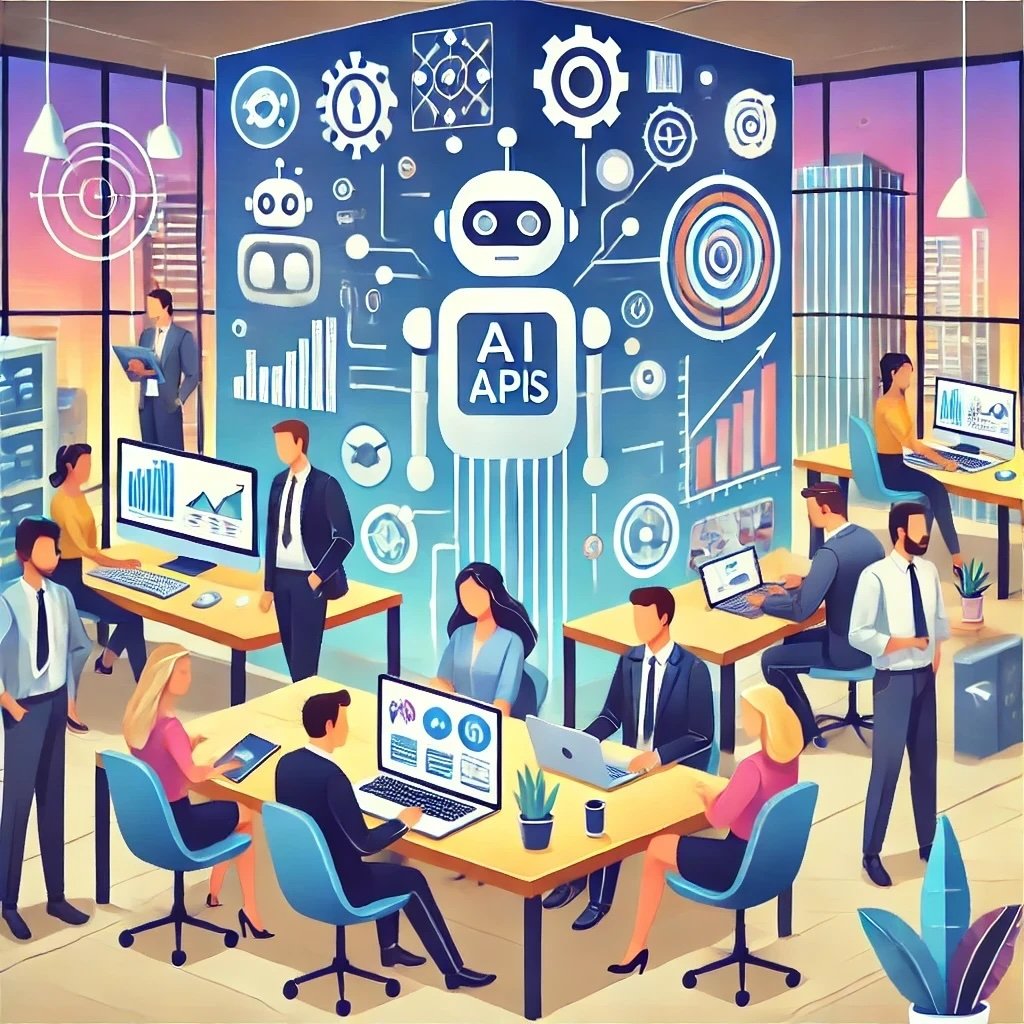
A Beginner’s Guide to Implementing AI APIs in Your Business
Integrating Artificial Intelligence (AI) into your business is essential in today's competitive landscape. This guide, "A Beginner’s Guide to Implementing AI APIs in Your Business," simplifies the process by exploring the benefits and applications of AI APIs.
We start by explaining what AI APIs are and their advantages. You'll learn how to assess your business needs, choose the right API, and prepare your technical setup. The guide provides a step-by-step integration process, including testing and debugging tips for a smooth implementation.
Additionally, we cover strategies for optimizing and scaling your AI solutions, supported by real-world case studies.
